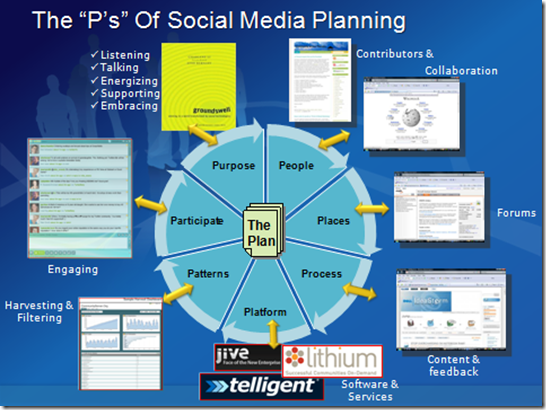Stammtisch II: Now it’s a trend…
Ok, ok, two points is only a line and not a curve so maybe too soon to call it a trend, but it certainly feels like one. Awhile back I blogged on something called a Stammtisch. I won’t re-explore the history and context on what a stammtisch is, but feel free to follow the link to the former post for some of the details. The short version is this: It’s an informal gathering focused on connections and conversations. Despite my online life and my more recent role as a consultant, I still believe in the following two things: Face to face connections are still critically important and networking with your corporate practitioner peers is uniquely valuable.
With that in mind, I’ve started this Stammtisch series in the Silicon Valley. My goal is simple. 4-6 times per year, invite a group of 10-20 community and social media corporate practitioners to a casual dinner gathering and then step back and let them talk and socialize. At Stammtisch I, we had 9 of us from 7 companies including: , , EBay, , EMC, Adaptive Planning and Cisco. This time around, we had 15 attendees from: , , , EMC, Cisco, SAP, Intuit, Wells Fargo and Synopsis. We met at the Blue Chalk in Palo Alto and a couple of us stayed long enough to demonstrate our horrible pool playing skills.
Thinking back on the conversations they ranged pretty broadly, including:
- Where in the organization is your social/community strategy driven from?
- How is the recession impacting your strategy and approach?
- What platforms and tools are you using, and what do you think?
- What’s your most "interesting" travel story?
- What are the key challenges you’re facing right now?
- What kind of beer would you like next?
It was a great use of time for me, and I think for all the attendees. My continued advice is simple. If you are a vendor/consultant, find ways to get your clients in the same room with one another - it’s a great way to learn and share. If you’re a corporate practitioner, find ways to connect with your peers and "encourage" your vendors to help make those introductions if necessary.
Looking forward to Stammtisch III! For an invite, drop me a note () - but sorry, this event is only for corporate practitioners - I barely invite myself!
Sean
Popularity: 2% [?]
Share This
posted in Uncategorized | 0 Comments






